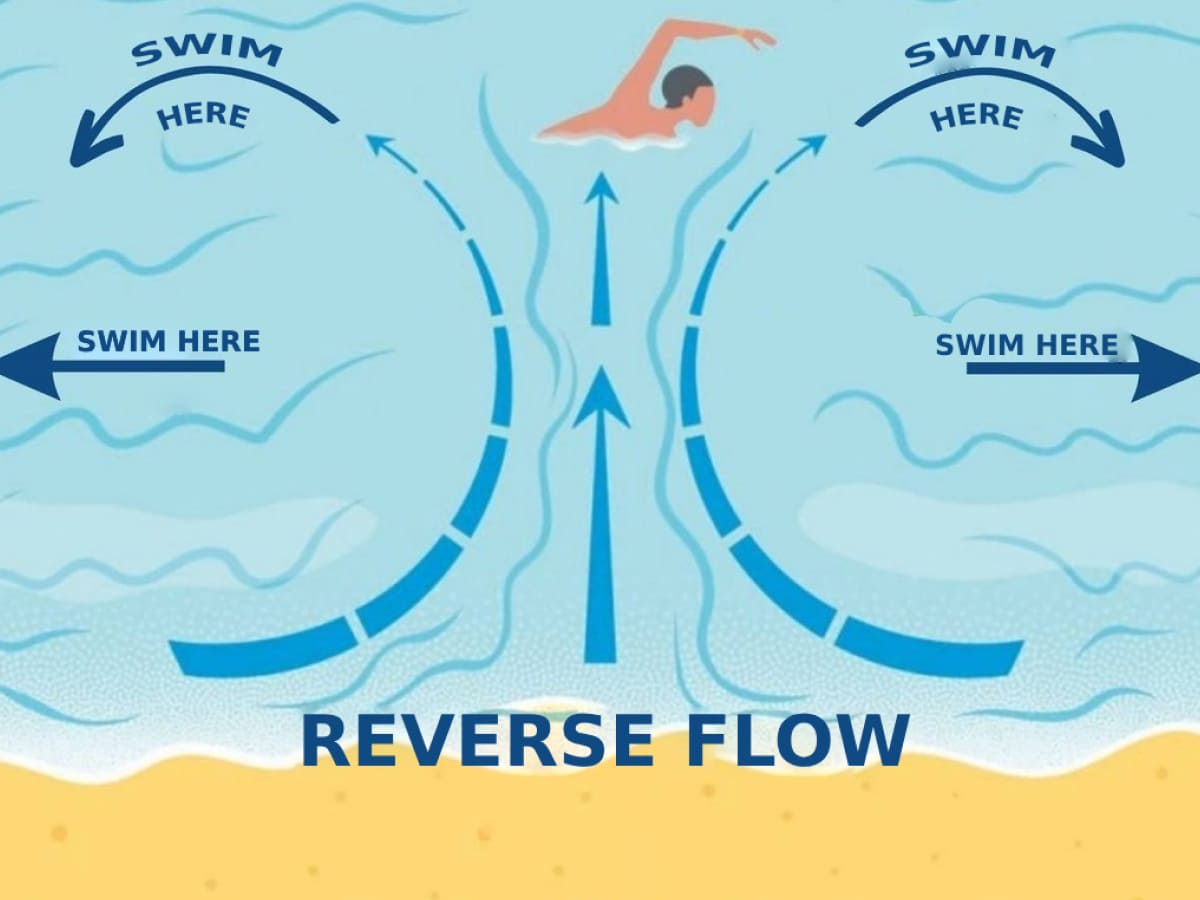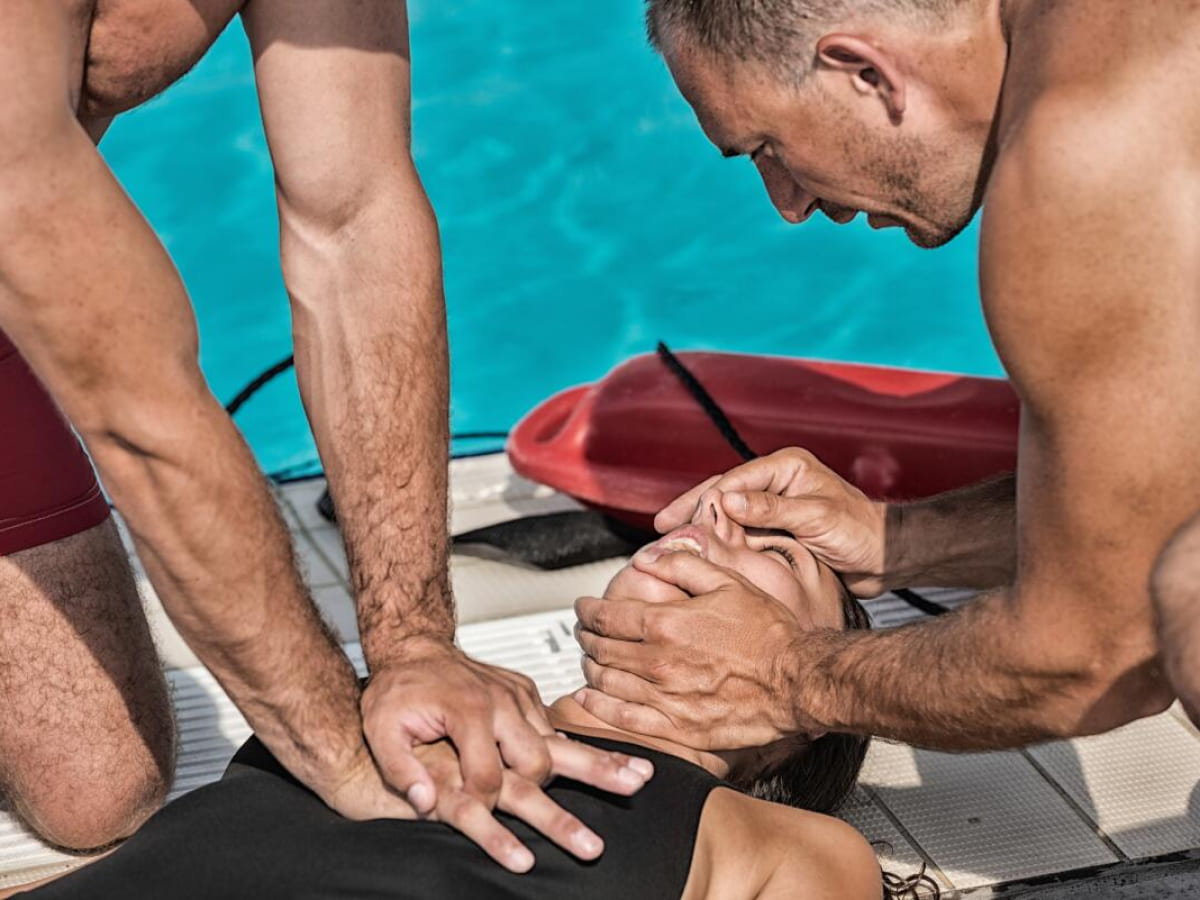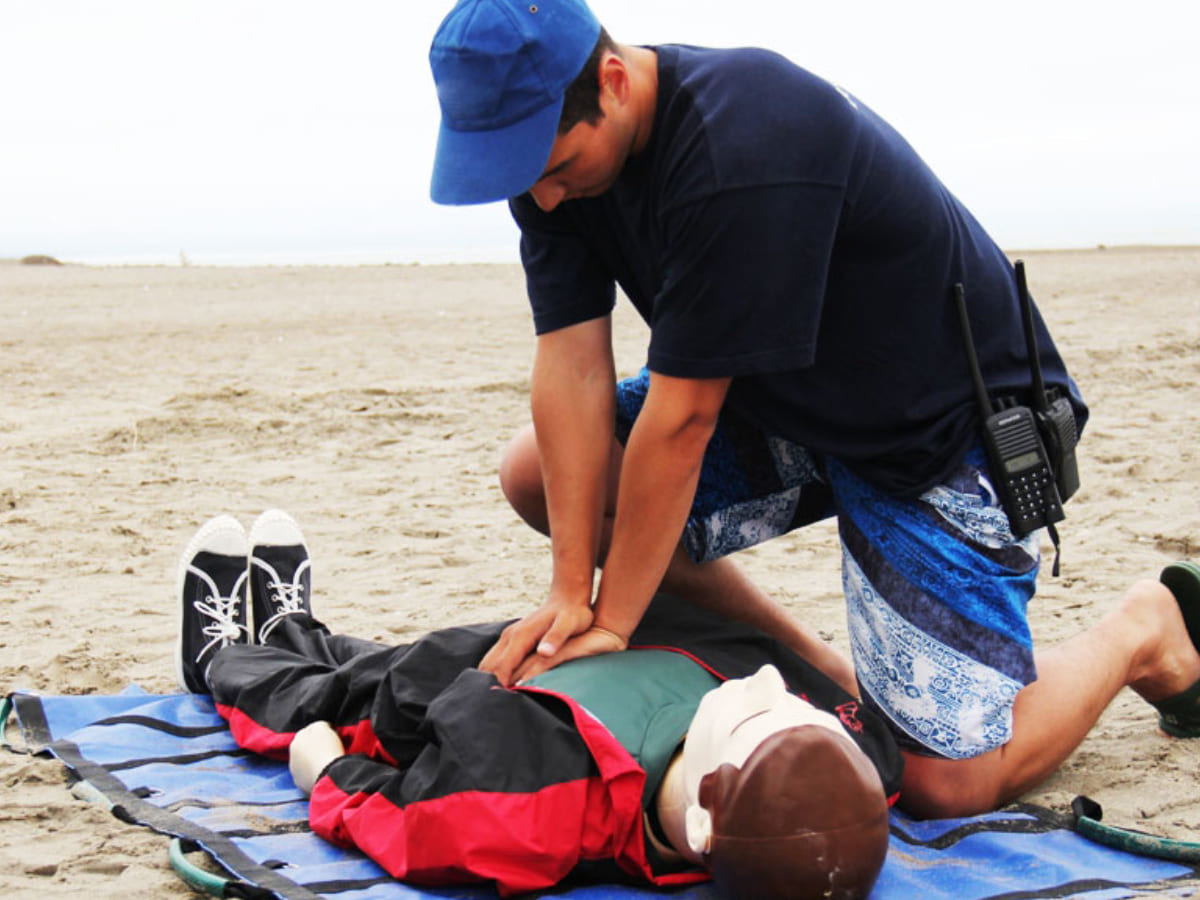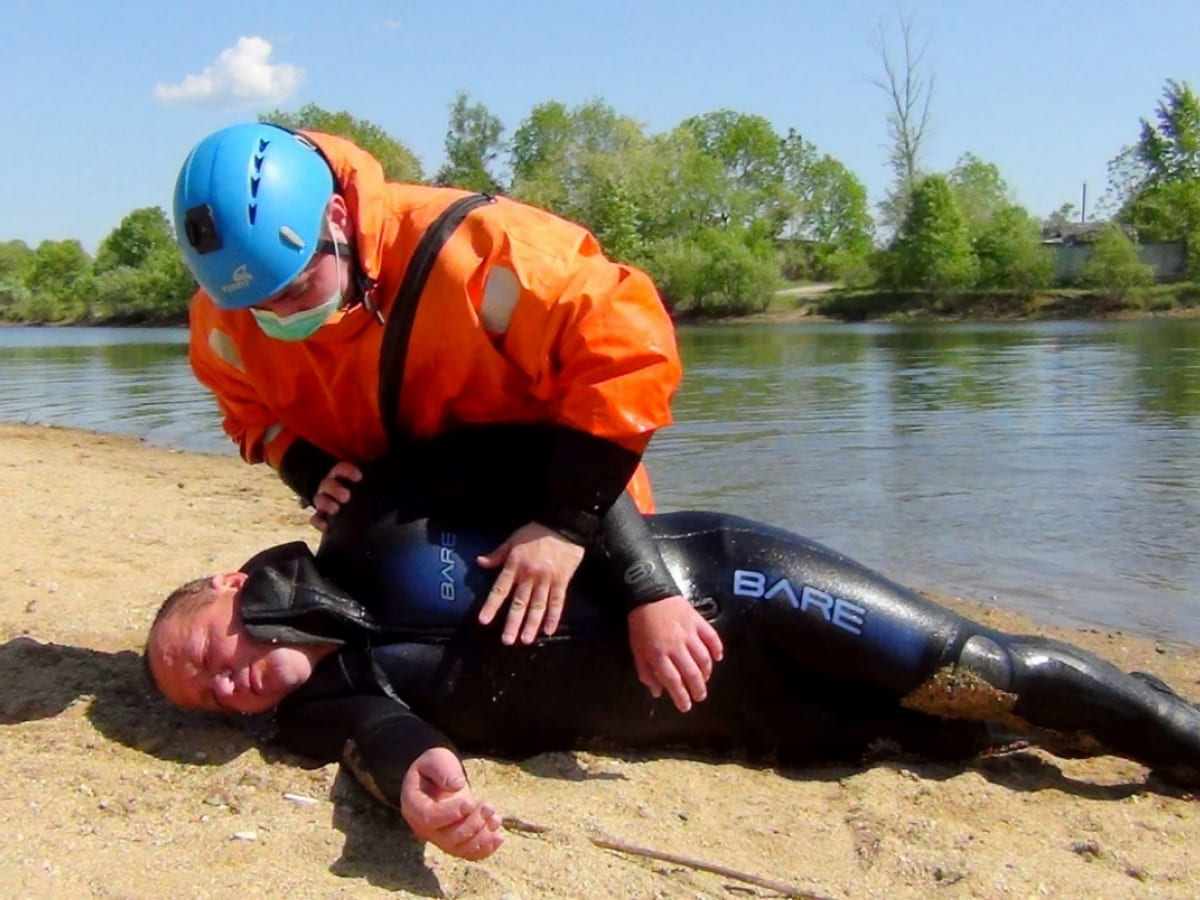Water Recreation: Safety Rules from an Expert
Swimming Season in Hot Countries. A gentle sea breeze, tender waves. But are they always so gentle?
Having worked for many years at popular beach destinations, such as Tunisia, Egypt, Turkey, and the United Arab Emirates, we have also seen the sad statistics of water-related accidents. Of course, truly tragic incidents happen relatively rarely, but, unfortunately, such cases do occur.
So, how can you keep yourself and your loved ones safe while enjoying the sea?
Rip current? Swim toward safety!
Recently, news spread across Tunisian beaches about the tragic death of a 3-year-old girl who was swept away by a current into the open sea. Similar tragedies also happen to adult swimmers. Speaking specifically about Tunisia’s accident statistics, according to the country’s National Civil Protection Agency, 48 fatalities were recorded during the first three weeks of June this year. The incidents occurred in regions popular among beach lovers, including Nabeul, Sousse, Mahdia, Bizerte, and others.
In this regard, representatives of Tunisia’s National Civil Protection Agency emphasize the importance of following water safety rules and recommend that visitors swim only in areas supervised by professional lifeguards. Another recommendation is to avoid entering the sea during strong winds and when a red flag is raised, even if the water appears calm.
Special attention should be paid to so-called rip currents, which flow at a right angle to the shore and can vary in intensity. The width of these currents typically ranges from 10 to 20 meters, rarely exceeding 50 meters. It is worth noting that only the surface layer of water moves quickly in such currents; these are not whirlpools that pull swimmers underwater.
If caught in a rip current, stay calm and avoid trying to swim directly back to shore, as fighting against the current will quickly exhaust you. When you feel the current weakening, turn and swim parallel to the shoreline for a while to bypass the dangerous area.

Rescue on the water must be done correctly
What should you do if you see someone drowning? We asked Gleb Godun, a guide, rowing competition participant, and water tourism instructor, for advice. Here’s what our expert shared:
“If you see someone drowning, do not try to handle the situation alone. Always involve others in providing help and call for professional rescuers. In all situations where you can throw a flotation device, such as a rope, life ring, or any inflatable object (for example, a ball), you should do that instead of swimming directly to the drowning person. Otherwise, the original situation of ‘one person drowning’ can quickly turn into ‘multiple people drowning.’ The only exceptions are cases involving children.
If the person in the water is conscious, they will usually be shouting and thrashing their arms. In this case, you should only attempt to assist personally if at least one of the following three conditions is met:
- You are a very strong swimmer or have a self-rescue device such as a life ring or life jacket;
- You are physically stronger than the person you are helping;
- You can swim to shore using only one arm while holding the victim with the other.
If none of these conditions apply, there is a high risk that the panicked victim will prevent the rescue, and you yourself may end up in a very dangerous situation.
Approach the drowning person from behind. If the victim grabs onto you and hinders transportation, try taking a deep breath and diving underwater to make them release their grip. Whether conscious or unconscious, the person should be transported with their head above water. One of the best methods is to hold them by the hair, head, or neck. The less water the victim swallows, the better their chances of survival.”
An important part of rescue is providing assistance on shore
Gleb Godun also provided recommendations for assisting the victim once on shore, emphasizing that time will be limited, so it is important to act quickly while performing all actions clearly and correctly.
“First, you need to assess the condition of the victim. Determine whether the person is conscious or not by visually evaluating the situation or asking questions. If the victim is unconscious, check for pulse and breathing, as well as any bleeding or visible injuries.
Victim is conscious, breathing and pulse present
If the person is conscious, place them in a safe position on their side. Until specialists, rescuers, or medical personnel arrive, monitor their breathing and condition, keep them calm, and prevent them from standing up, as hypoxia complications may develop. The victim may cough heavily and expel water, this is normal. Do not panic and reassure the coughing person.
Victim is unconscious, breathing and pulse present
If the person is unconscious but has breathing and pulse, either proceed as in the first case or additionally attempt to remove water from the lungs, if you are physically able to do so. To do this, you can lay the person over your knee so that their upper body is angled downward. Monitor breathing and pulse during and after this procedure.
Victim is unconscious, no breathing or pulse
If the person is unconscious, and you find no breathing or pulse, you must begin cardiopulmonary resuscitation (CPR). Do not spend much time trying to remove water from the lungs, as this is practically impossible. First, ensure the nasal and oral cavities are clear of silt, sand, or any obstructions to breathing. Then place the victim face down and perform several chest compressions. After that, turn the victim onto their back and begin chest compressions and artificial respiration.
As with other situations, it is helpful to enlist others to assist with CPR, since one person cannot effectively perform both chest compressions and artificial respiration alone. If no one else is available, prioritize chest compressions. Continue until specialists arrive, or until the victim’s condition changes, such as the return of breathing, pulse, or consciousness.
When pulse and breathing stabilize and the victim is no longer in critical condition, keep them warm by wrapping them in a blanket or changing them into dry clothes. Avoid transporting the victim on your own and insist that they wait for medical assistance.
From our side, we urge our guests to exercise reasonable caution. Dear tourists, please follow the specialists’ recommendations, swim only in designated areas, and observe water safety rules. May your vacation be safe and joyful!”




